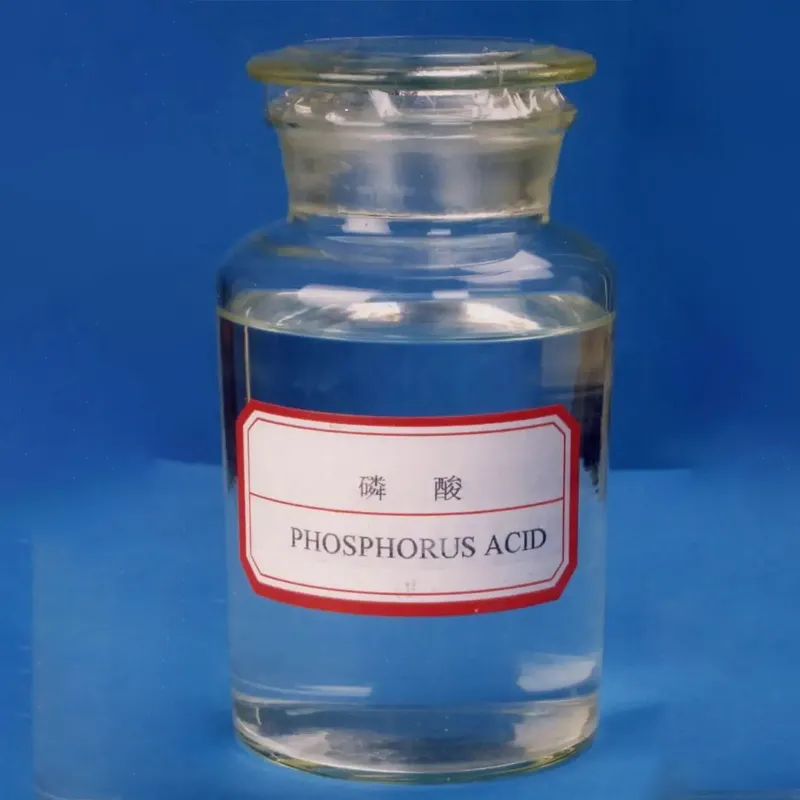
monosodium glutamate natural sources
Monosodium Glutamate Natural Sources and Its Importance
Monosodium glutamate (MSG) is a flavor enhancer that has been a topic of much discussion, especially regarding its health implications. However, one of the less debated aspects of MSG is its natural occurrence in various foods. Understanding the natural sources of monosodium glutamate not only highlights its integral role in many cuisines but also emphasizes its safety and potential benefits when consumed in moderation.
What is Monosodium Glutamate?
Monosodium glutamate is the sodium salt of glutamic acid, an amino acid that is naturally present in many foods. It has a unique property of enhancing umami, the fifth basic taste, which is often described as savory or meaty. MSG is widely used in food preparation to deepen flavor profiles and improve palatability, but it also occurs naturally in several foods.
Natural Sources of Monosodium Glutamate
1. Fermented Foods One of the richest sources of natural MSG comes from fermented products. Foods such as soy sauce, miso, and fermented fish contain high levels of glutamate. During fermentation, glutamic acid is broken down, increasing the concentration of MSG, which contributes to the umami flavor characteristic of these foods.
2. Tomatoes Tomatoes are another natural source of monosodium glutamate. They contain naturally occurring glutamate, which intensifies the flavor of sauces and dishes. Dried tomatoes and tomato products, such as paste or puree, often have a more concentrated flavor due to the loss of water content, leading to higher glutamate levels.
3. Cheeses Certain types of cheese, particularly aged varieties like Parmesan and Roquefort, are abundant in glutamate. The aging process breaks down proteins into amino acids, resulting in a stronger umami flavor; hence, these cheeses make excellent flavor enhancers in various culinary applications.
monosodium glutamate natural sources

4. Meats and Fish Various types of meat and fish also contain natural MSG. For instance, meats such as beef, pork, and chicken are rich in glutamic acid, while fish like anchovies and sardines are particularly high in umami. The incorporation of these proteins into dishes can naturally bolster the savory flavors without the need for added MSG.
5. Seaweed Edible seaweeds, particularly Kombu, are known for their high glutamate content. Kombu is often used in making dashi, a Japanese soup stock, which serves as the base for many dishes. Seaweed not only enhances the flavor but also provides essential nutrients.
6. Vegetables Many vegetables such as mushrooms (especially shiitake), asparagus, and peas naturally contain glutamate as well. These vegetables can be included in a variety of dishes to provide both flavor and nutritional value.
Health Implications and Usage
Despite the concerns surrounding MSG, numerous studies have shown that monosodium glutamate is safe for most individuals when consumed within normal dietary limits. The human body processes MSG similarly to the way it does natural glutamate found in food. Most people can incorporate it into their diet without issues, and it is especially prominent in various global cuisines, from Asian to Mediterranean.
MSG serves as an economic and efficient way to enhance the flavors of foods. Its ability to intensify flavors means that less seasoning is often required, which can be beneficial for reducing sodium intake overall. Chefs and home cooks alike can leverage the natural sources of monosodium glutamate in their cooking to create delicious and flavorful dishes.
Conclusion
Monosodium glutamate is omnipresent in many natural foods and plays a crucial role in enhancing flavor, particularly umami. From fermented foods and cheeses to meats and vegetables, understanding the natural sources of MSG provides insight into its culinary significance and safety. Embracing these natural sources not only enriches our diet but also promotes a broader appreciation of flavors in our everyday cooking. As more people explore the world of umami, they may find that monosodium glutamate is not just a food additive, but a natural ally in the culinary arts.
-
Comprehensive Guide to Acetic Acid as Preservative: Benefits, Uses & Future TrendsNewsNov.24,2025
-
What Is a Food Additive? Global Insights, Applications & Future TrendsNewsNov.24,2025
-
968 Sweetener: The Modern Solution for Health-Conscious SweeteningNewsNov.23,2025
-
Discover the Benefits and Uses of 965 Sweetener (Erythritol) | Tenger ChemicalNewsNov.23,2025
-
961 Sweetener - A Next-Gen Sugar Alternative for Health and IndustryNewsNov.23,2025
-
Understanding 960 Sweetener: The Modern Sugar Alternative for Health and IndustryNewsNov.22,2025
-
Everything You Need to Know About 955 950 Sweeteners – Benefits, Uses, and TrendsNewsNov.22,2025
Hebei Tenger Chemical Technology Co., Ltd. focuses on the chemical industry and is committed to the export service of chemical raw materials.
-

view more DiethanolisopropanolamineIn the ever-growing field of chemical solutions, diethanolisopropanolamine (DEIPA) stands out as a versatile and important compound. Due to its unique chemical structure and properties, DEIPA is of interest to various industries including construction, personal care, and agriculture. -

view more TriisopropanolamineTriisopropanolamine (TIPA) alkanol amine substance, is a kind of alcohol amine compound with amino and alcohol hydroxyl, and because of its molecules contains both amino and hydroxyl. -

view more Tetramethyl Thiuram DisulfideTetramethyl thiuram disulfide, also known as TMTD, is a white to light-yellow powder with a distinct sulfur-like odor. It is soluble in organic solvents such as benzene, acetone, and ethyl acetate, making it highly versatile for use in different formulations. TMTD is known for its excellent vulcanization acceleration properties, which makes it a key ingredient in the production of rubber products. Additionally, it acts as an effective fungicide and bactericide, making it valuable in agricultural applications. Its high purity and stability ensure consistent performance, making it a preferred choice for manufacturers across various industries.





